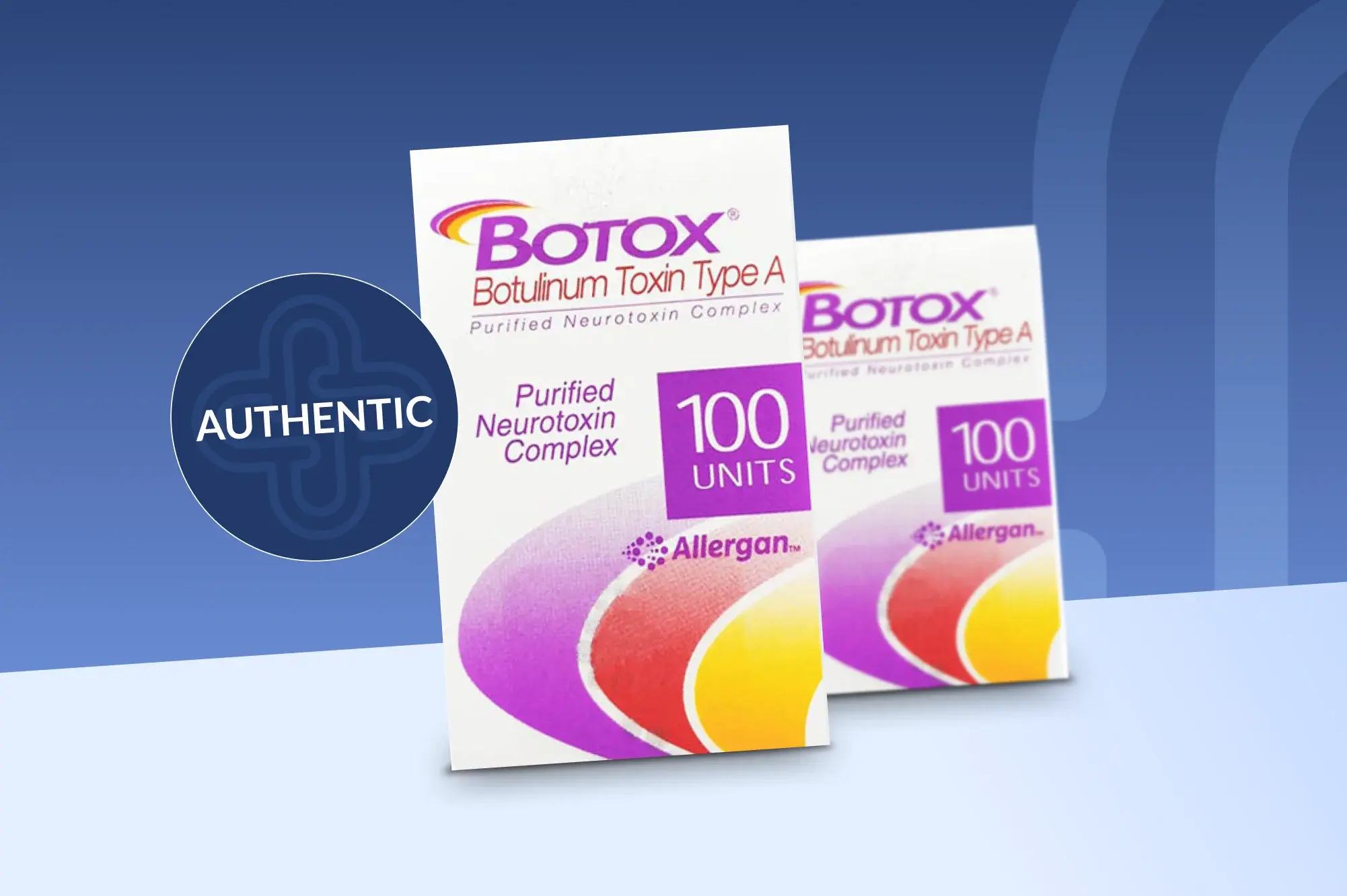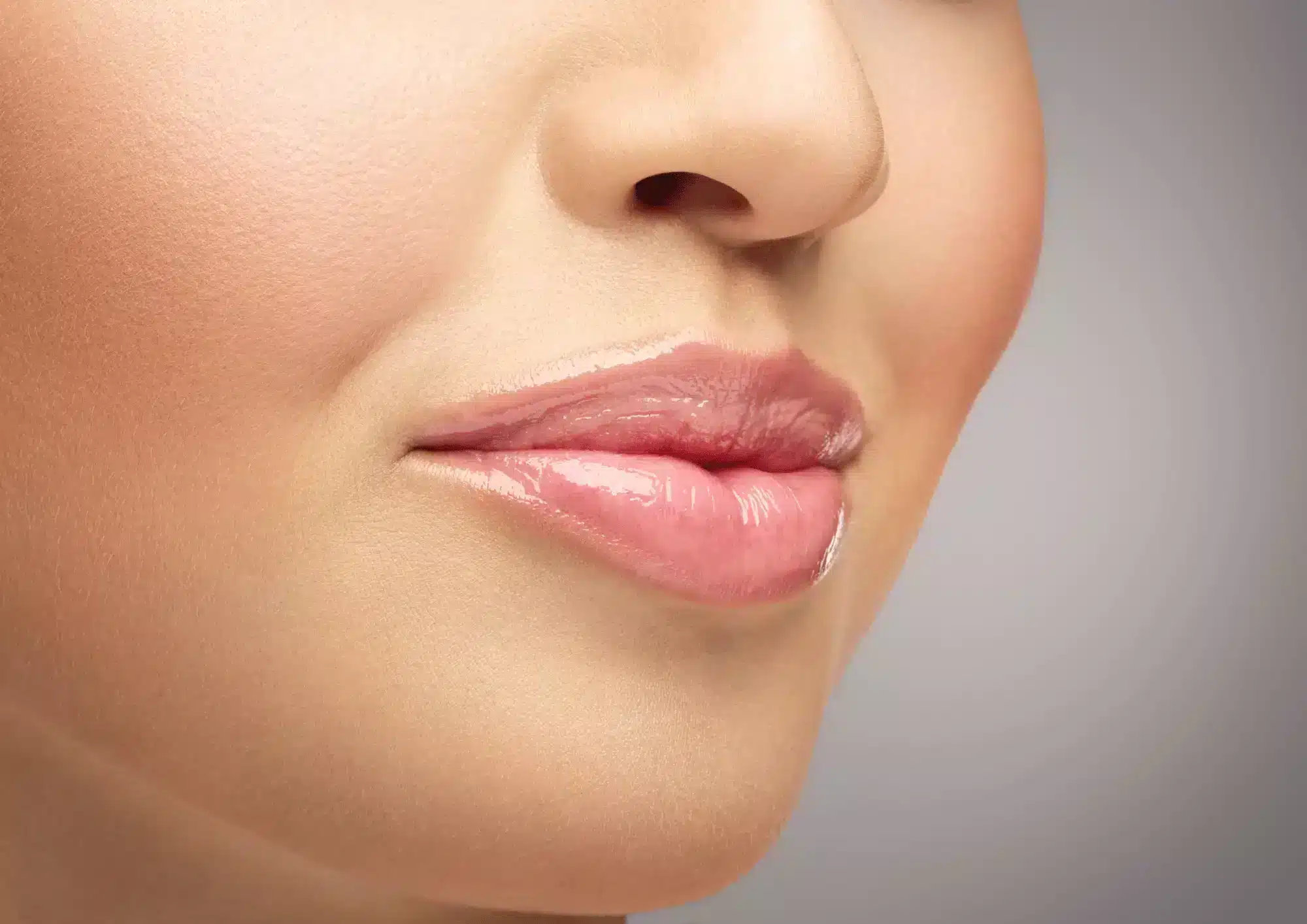In recent years, the medical aesthetic sector has seen the advent of numerous novel fillers and injectable agents to meet the increasing demand for cosmetic injectable procedures. With so many new products on the market, it can be confusing for both practitioners and patients alike to decide on the right filler for a patient’s aesthetic needs. In this article, two well-known and reputable cosmetic fillers, Juvederm and Sculptra, will be examined in detail and compared in terms of their attributes, advantages, and drawbacks.
Cosmetic filler types
Cosmetic fillers can be classified according to the soft tissue augmenting agent that the filler is composed of and its mode of action. Volume replacement fillerslike hyaluronic acid-based fillers, such as Juvederm, Teosyal fillers collection, and Restylaneinstantly augment tissue by physically filling space in the skin, thereby plumping the tissue and smoothing and subcutaneous depressions. On the other hand, collagen biostimulators, such as Sculptra fillers and Radiesse treatments, add volume by inducing synthesis of new collagen at the area of treatment. Cosmetic fillers that fall into the latter category have a distinct mechanism of action, and the volumizing effects are gradual rather than instant.
The most common type of cosmetic filler is hyaluronic acid-based. These fillers are volumizing due to the water-retaining properties of the hyaluronic acid and are usually well-tolerated because hyaluronic acid is biocompatible and non-immunogenic. Because of the sheer variety in formulations, brands, and preparations, these fillers are approved for a wide variety of aesthetic applications.
Cosmetic fillers that volumize through the stimulation of collagen, however, are more limited in their scope of approved use. These fillers are made of biomaterials like synthetic calcium hydroxylapatite, polycaprolactone, or poly-L-lactic acid, and they are designed to provide long-lasting results.
Juvederm: a leading brand of hyaluronic acid injectable fillers
Juvederm is primarily known as a collection of anti-wrinkle treatments; however, its cosmetic uses extend beyond that. Indeed, Juvederm’s family of cosmetic fillers includes formulations that can treat many age-related aesthetic defects. Juvederm’s versatility allows it to be suitable for applications ranging from liquid facelifts and lip augmentations to hand rejuvenation and acne scar treatment.
The hyaluronic acid that comprises Juvederm is derived from non-animal sources and is manufactured using either Hylacross Technology or Vycross Technology for a smooth and malleable product. In the market for well over a decade, Juvederm has an excellent safety and efficacy track record and is renowned for its natural yet noticeable results.
Sculptra: long-lasting action through collagen biostimulation
First gaining FDA approval in 2004 for the treatment of HIV-associated facial lipoatrophy, Sculptra is a cosmetic filler that volumizes soft tissue for a substantial amount of time, with results often lasting 18 to 24 months. Sculptra is made of a biodegradable material commonly used in other medical devices, including dissolvable sutures, absorbable sealants, and fixation screws. The PLLA microparticles that Sculptra are made of act as a stimulant for fibroblast production and collagen synthesis, which in turn leads to a restructuring of dermal support for improvement in volume and texture.
The physical characteristics and mode of action of Sculptra allows it to behave as an excellent global provider of facial volume, particularly in the mid and lower third of the face, rather than a line or wrinkle filler. In other words, Sculptra is better at volumizing larger areas than smaller targeted aesthetic defects.
A clear distinction that must be made between Sculptra and other fillers is that the effect that Sculptra provides is delayed; several weeks or even months may pass before the volumizing effects become apparent. This can be attributed to the unique mechanism of action of Sculptra.
Juvederm vs Sculptra: Which is better?
The simple answer is that there is no objectively superior filler; instead, both have their unique advantages and drawbacks in different situations. The answer to the question, “which is the better filler?” depends on a myriad of factors, including the condition being treated, the area(s) of treatment, the patient’s skin type, and the patient’s preferences with regards to the reversibility and the longevity of results.
Generally speaking, Sculptra should be used when substantial longevity of the results is a priority or in situations where a large area of the body, like the cheeks, requires augmentation. A hyaluronic acid filler, like Juvederm, on the other hand, is more appropriate for new patients seeking treatment for the first time or for those who prefer to have a treatment that provides immediate results and can be reversed in terms of effects. Sculptra is generally not recommended for the treatment of the lips and nose due to the inconsistency of results.
Conclusion
When it comes to deciding the best filler for a patient’s cosmetic filler treatment, it is important to provide context to patients before the appropriate filler can be determined. This includes considering various aspects of the treatment, including the area(s) to be treatment, the type of condition and its severity, and the patient’s preferences.
Radiesse and Juvederm are both soft-tissue augmenting agents, and both have well-established efficacy and safety profiles. However, these two fillers differ considerably in terms of their material, mechanism of action, physical characteristics, and the injection techniques needed for administration. It is thus imperative that patients seek proper guidance from an appropriately-qualified aesthetic practitioner before choosing a cosmetic filler treatment.








